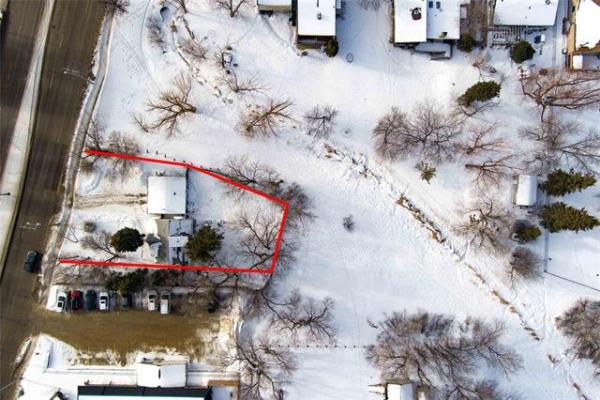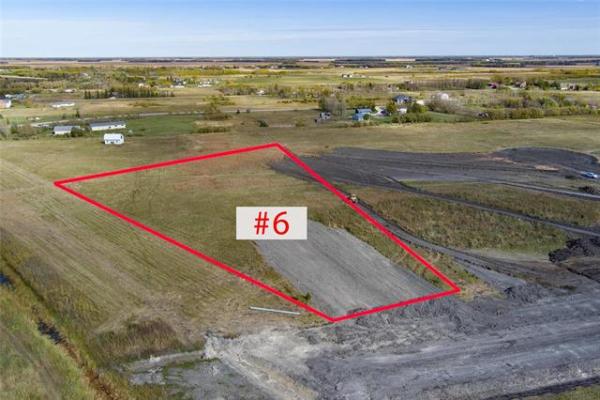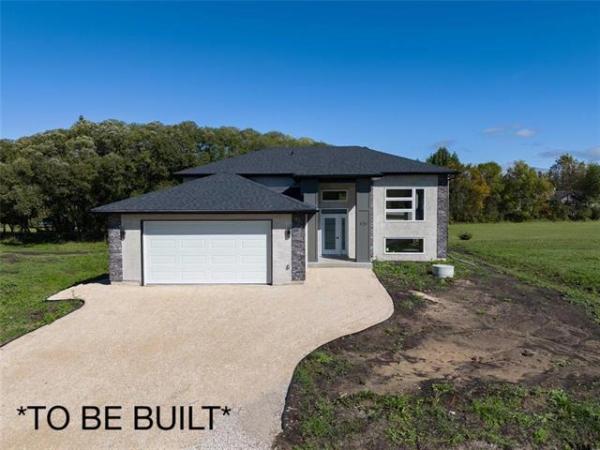Question: I have a bungalow built about two years ago next to the Red River in Grand Forks, N.D. Last fall I started noticing cracking in my basement and garage walls and ceilings.
The problem continued until mid-November and resulted in significant cracks. Recently, I started to see new cracks slowly begin to appear. There is noticeable heaving in the middle of my basement floor that appears to be causing the issue. I estimate about an inch of movement.
The confusing thing is my sump pump has never run, even though all my surrounding neighbours were running their pumps nonstop this fall and into the winter. I assume the problem could continue, and potentially worsen, as spring approaches.
In your opinion, what is the best course of action to prevent or minimize additional damage in the short-term and what can be done to correct this issue long-term? Any assistance would be greatly appreciated. — Gerald Muizelaar
Answer: The problem causing the cracking in your home is undoubtedly a defect in workmanship in the lower level wall construction and may also be a problem with your weeping tile installation. I would definitely consult the builder to rectify the defects, hopefully under some kind of warranty. If that avenue is not available, you should immediately call a reputable general contractor, with a decade or more of experience, to evaluate the problem and repair the basement walls and weeping tile as needed.
I cannot speak to the quality or experience of homebuilders in your area south of the border, but problems like yours are normally due to a lack of experience and poor workmanship in new homes. I can tell you that heaving and cracking basement floor slabs is a constant problem in both of our areas, especially close to our common Red River. To see a rise of an inch or more in the concrete basement floor is not without precedent, so the basement walls have to be constructed to anticipate this possibility. If they are not, they can easily push up on various areas of the main floor, causing serious cracks and damage to the drywall or other components.
Experienced builders and contractors in southern Manitoba know to install proper slip-joints in basement perimeter and partition walls, often referred to as floating walls. These are simply gaps left between double wall plates, or between the wall and the floor joists or concrete floor. These spaces are essential to allow for the inevitable movement of the basement slab on grade, due to the expansive clay soil beneath.
It appears to me the builder of your home either neglected to install any slip-joints in the basement walls, or left too small a space for movement. The latter may be the case, as your significant floor heaving showed the results of this defect after a couple of years post-construction. Regardless, the situation now calls for these walls to immediately be cut down to prevent further damage and allow repairs to existing areas, once the floor structure has settled back to normal. This may be easily accomplished in an unfinished basement, but yours will require partial removal of drywall and likely doors and trim.
The next item to address is the cause of the excessive basement floor heaving. I would have suggested that it may have been primarily due to condition of the soil beneath the floor slab at the time of construction, but the sump pump observations may be a red flag to something more serious. One reason could be a defect in weeping tile installation. This could range from a simple omission to unblock the ends terminating in the sump, to failure to properly install or connect the corrugated weeping tile pipes. The first place to look is in the sump itself, to ensure that the pump is operational and the weeping tiles are open. There also should be some water in the bottom of the sump, but it should not cover the tops of the weeping tile ends.
Most rooter companies now have one or more technicians who are equipped with a snake camera, which can take video of the inside of the weeping tiles, no matter the length. If nothing improper is seen, and the weeping tiles and pump appear to be functioning as designed, then the excess floor movement is just bad luck.
Problems associated with excessive floor movement in a newly constructed home are often due to poor installation of the basement walls, specifically missing or small slip-joints. The remediation and repairs should fall under a structural defect in most new home warranties, so contacting the builder or the warranty provider is prudent. If there is no warranty, or you are not covered, hiring a contractor to trim down the basement walls and fix any issues with the weeping tile and sump pump system should prevent a troublesome reoccurrence.
Ari Marantz is the owner of Trained Eye Home Inspection Ltd. and the past president of the Canadian Association of Home & Property Inspectors — Manitoba (cahpi.mb.ca). Questions can be emailed to trainedeye@iname.com. Ari can be reached at 204-291-5358 or check out his website at trainedeye.ca.



